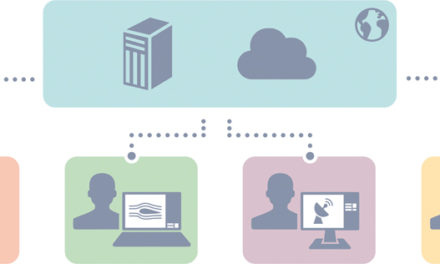
Magneti Marelli (Magneti) with headquarters in Corbetta, Italy is among the world’s elite automotive suppliers. The business areas include automotive lighting, plastic components and modules, powertrain, electronic systems and motorsports. The company uses Siemens Product Lifecycle Management (PLM) software to optimize its diesel and gasoline fuel injection systems. Development of control and system components can take place in parallel, cutting the time and cost expended on development and validation virtually in half.
The fuel injection system plays a crucial role in vehicle fuel consumption and engine emissions. Diesel and gasoline direct injection engines need a very reliable high-pressure injection system to ensure optimal combustion. The pumps and valves in particular are neuralgic points and can cause pressure fluctuations. To counteract the problems, the world-class automotive supplier Magneti Marelli (Magneti) has been generating computer-based models since 2009 which are capable of predicting and modeling system behavior. The company uses LMS Imagine.Lab Amesim software, an integrated simulation platform for multi-disciplinary system simulation which was developed by Siemens PLM Software.
Co-simulation – the key to success
Lab Amesim gives Magneti the tools it needs to generate exact models which are then used as the basis for developing high-precision injection systems that reduce fuel consumption. Magneti recently developed new Controlled Low-Pressure Pump Supply (COLPS) technology which simplifies the previous- generation injection system consisting of a pressure regulation valve and metering valves. COLPS technology reduces production costs, but it places very high demands on the control system. The system engineers use Lab Amesim to model the complex controls. Output data which has relevance for the hydraulic components is passed on to the development teams.
Simulation takes place in two different environments, LMS Amesim and Simulink, which intercommunicate and ex-change inputs and outputs. With this approach, control algorithms simulated with Simulink system modeling software can communicate with a system model generated in Lab Amesim in the same way as with a real application.
Magneti exploits the advantages of both solutions.
– This approach enables us to assess in parallel hydraulic components and software behavior, which would be extremely time-consuming if performed directly on the test bench, says Domenico Paolino, Mechanical Engineer at Magneti. Co-simulation gives Magneti the capability to recreate test situations which are not feasible in the real world but which provide valuable information for design optimization, for example possible mechanical weaknesses and software malfunctions.
By using this approach, the company also cuts validation time and costs in half and significantly reduces the time it takes to move on to the real testing phase.
– For us, LMS Amesim has become the standard language which speeds up and simplifies communications with customers and suppliers, observed Marco Parotto, Mechanical Engineer at Magneti.






